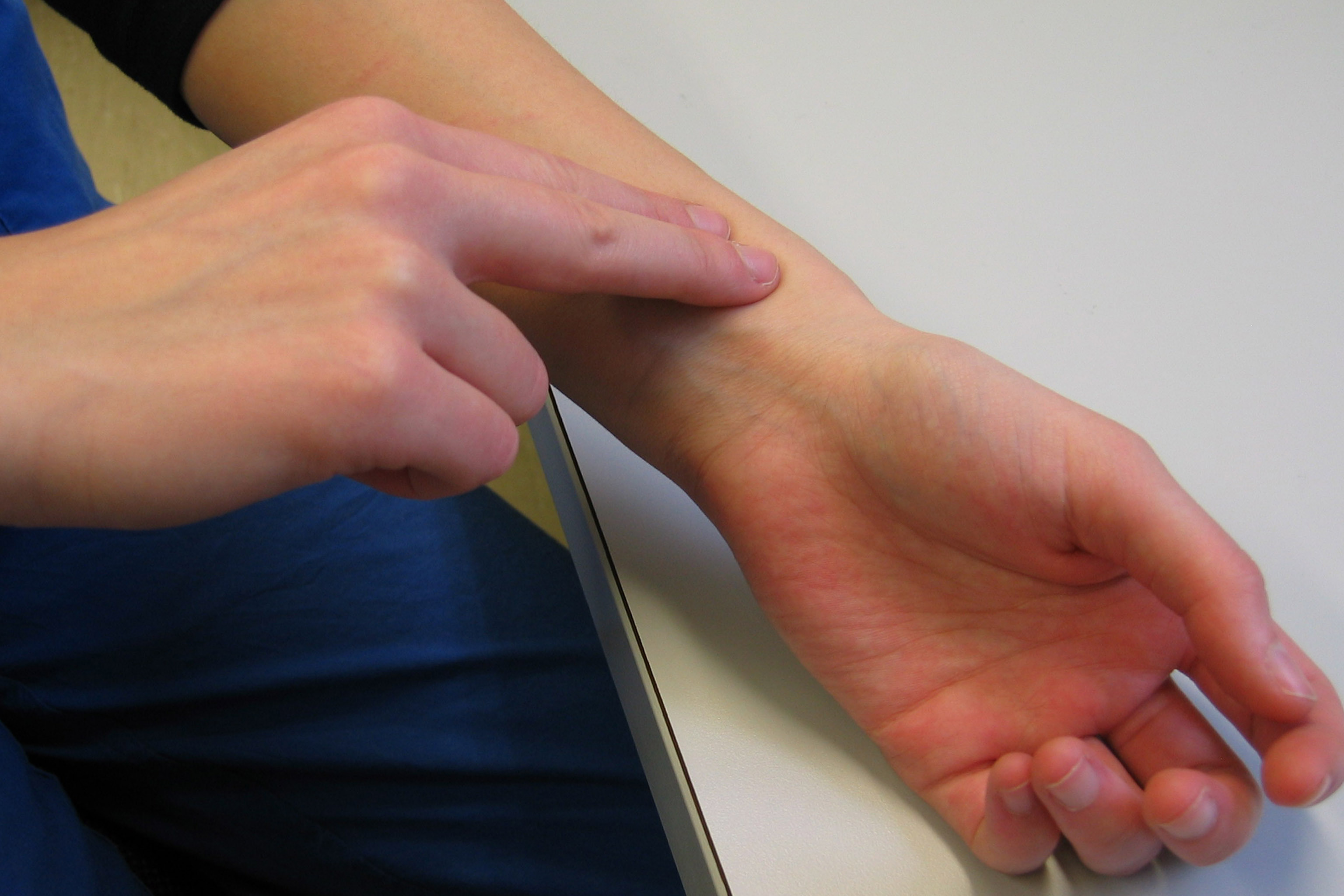Measure vital signs
Measure vital signs by taking a pulse, counting breaths, using a thermometer, and recording results to learn how body signals change with activity.



Step-by-step guide to measure vital signs
Normal Vital Sign Ranges for Children: Blood Pressure, Pulse, Respirations, and Temperature
Step 1
Bring your materials to a quiet spot where you can sit comfortably.
Step 2
Sit quietly for five minutes so your body is at rest.
Step 3
Place two fingers on the inside of your wrist below your thumb to find your pulse.
Step 4
Use the stopwatch to count how many pulse beats you feel in 30 seconds and remember the number.
Step 5
Write the 30-second pulse count in your notebook.
Step 6
Multiply that number by 2 to calculate your beats per minute.
Step 7
Put your hand on your chest and watch for chest rises to find your breathing.
Step 8
Use the stopwatch to count how many breaths you take in 30 seconds and remember the number.
Step 9
Write the 30-second breath count in your notebook.
Step 10
Multiply that breath number by 2 to calculate your breaths per minute.
Step 11
Use the digital thermometer under your armpit until it beeps and remember the number it shows.
Step 12
Write your beats per minute breaths per minute and temperature in your notebook.
Step 13
Do two minutes of energetic activity like jumping jacks running on the spot or dancing your favorite song.
Step 14
Sit quietly for one minute then repeat steps 3 through 11 to measure how your pulse breaths and temperature changed and record the new numbers.
Step 15
Share your finished results and what you learned on DIY.org
Final steps
You're almost there! Complete all the steps, bring your creation to life, post it, and conquer the challenge!


Help!?
What can we use instead of a stopwatch, digital thermometer, or notebook if we don't have them?
Use a smartphone's timer app for the stopwatch in steps 4 and 8, a forehead/temporal or oral thermometer with adult help instead of the digital armpit thermometer in step 11, and a piece of paper or voice memo to record counts instead of the notebook.
I can't feel my pulse — what should I do?
If you can't feel your wrist pulse in step 3, move your two fingers slightly toward the thumb and press lightly or try the carotid pulse on the neck, then use the stopwatch to count for a full 30 seconds in step 4.
How can I adapt the activity for younger or older kids?
For younger children, have an adult help with step 3 and step 11 and shorten counts to 10 seconds (then multiply by 6 for steps 5 and 9) with shorter energetic bursts in step 12, while older kids can repeat measurements three times and average the results for more accuracy.
How can we extend or personalize the experiment?
After step 12, make a table and simple bar graph in your notebook of beats per minute, breaths per minute, and temperature before and after the activity, compare different energetic activities from step 12 (like jumping jacks vs dancing), and share your results on DIY.org.
Watch videos on how to measure vital signs
How to Check Vital Signs
Facts about health monitoring for kids
❤️ Children’s resting heart rates are usually 70–110 beats per minute — faster than most adults.
🌡️ A body temperature of 38°C (100.4°F) or higher is generally considered a fever.
🫁 Normal breathing rates change with age: newborns 30–60, children about 20–30, and adults 12–20 breaths per minute.
📋 Recording vitals before and after activity shows patterns — heart rate and breathing rise during exercise and return toward baseline as you rest.
🩺 You can feel your pulse at the wrist (radial) or neck (carotid) — count beats for 15 seconds and multiply by 4 to get beats per minute.
How do you measure vital signs with a child?
What materials do I need to measure a child’s vital signs?
What ages is measuring vital signs suitable for?
What safety tips should I follow when measuring kids’ vital signs?


One subscription, many ways to play and learn.
Only $6.99 after trial. No credit card required



